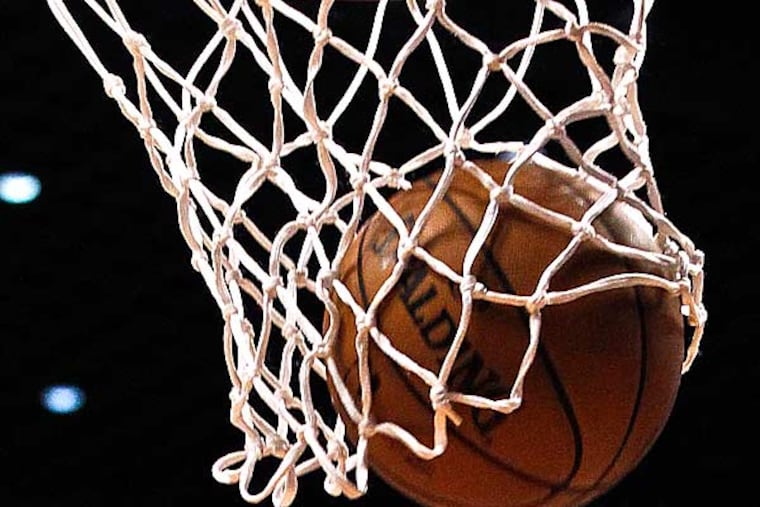African-American trailblazers in Philly college hoops
A look at the men who broke the color barrier in Big 5 basketball.

GEORGE RAVELING is Nike's director of international basketball. He was on the stage during Martin Luther King Jr.'s "I have a dream speech," and was given a copy by King himself. He is prominently known in the basketball world, with Washington State, Iowa and USC all beckoning for his services as a head coach. He won 337 games in his 22-year coaching career and was inducted into the College Basketball Hall of Fame in 2013.
John Edgar Wideman is a prominent writer and a professor at Brown University. He has written books that have won plenty of awards, and has had much success in the academic world. He started the African-American Studies department at the University of Pennsylvania.
On the surface, it would seem that these two men have little in common, but that's not true if you dig a little deeper. Both were among the first African-Americans to play basketball at their respective undergraduate universities. Raveling played for Villanova in late 1950s, and Wideman played for Penn in the 1960s.
Breaking the color barrier in college basketball has not been well-documented. Yet those who did it paved the way for black players to thrive within the game.
While Raveling is one of the earliest prominent African-Americans to play basketball at Villanova, he was not the first. The Wildcats' first black basketball player was Kenny Harrison, who took the court from 1956-1959.
Harrison had a good sophomore season for Villanova, averaging eight points and five rebounds per game. He averaged a solid 6.2 points in three varsity seasons for the Wildcats.
Wideman, on the other hand, was the first African-American to play collegiate basketball at Penn. He played for the Quakers from 1960-1963, and was the team captain in the 1962-63 season.
His senior season as captain was his best statistically. He averaged 13.8 points and 6.5 rebounds. His overall averages were impressive, netting 12.7 points and 6.9 rebounds over the span of 75 games.
Wideman was second-team All-Ivy as a junior and senior and first-team All-Big 5 as a senior, when Penn won the Big 5 title for the first time. He was inducted into the Big 5 Hall of Fame in 1974.
About the same time that Wideman was breaking barriers at Penn, John Tiller was doing the same at Saint Joseph's. The 6-8 forward who graduated from La Salle High School played for the Hawks from 1961 to 1964. In his time with St. Joe's, he made the NCAA Tournament twice and made the NIT the other year. In his junior season, the Hawks reached the NCAA regional finals.
Tiller was not one of the Hawks' best players during his tenure, but he did contribute. He averaged about 2.4 points in the 58 games he played in with St. Joe's, with his team compiling a 59-25 record over the 3-year span. Tiller died in 2012.
A decade before these pioneers, Temple had a young man by the name of Vernon Young who played basketball in 1949. He was the first African-American to play for Temple in the modern era. Young went to Lower Merion High, where he helped to win three straight state championships before going to Temple.
Young went on to live a long, successful life after Temple. He died in 1995, but left a long list of accomplishments behind him. He was Ben Franklin High School's first African-American athletic director, and directed the Ardmore playground for more than 40 years. He also coached track at Overbrook High School, which led him to be chosen to be a judge at the 1984 Olympics.
These men were trailblazers for the athletes who came after them. Their courage, passion and excellence lives on in Philadelphia.